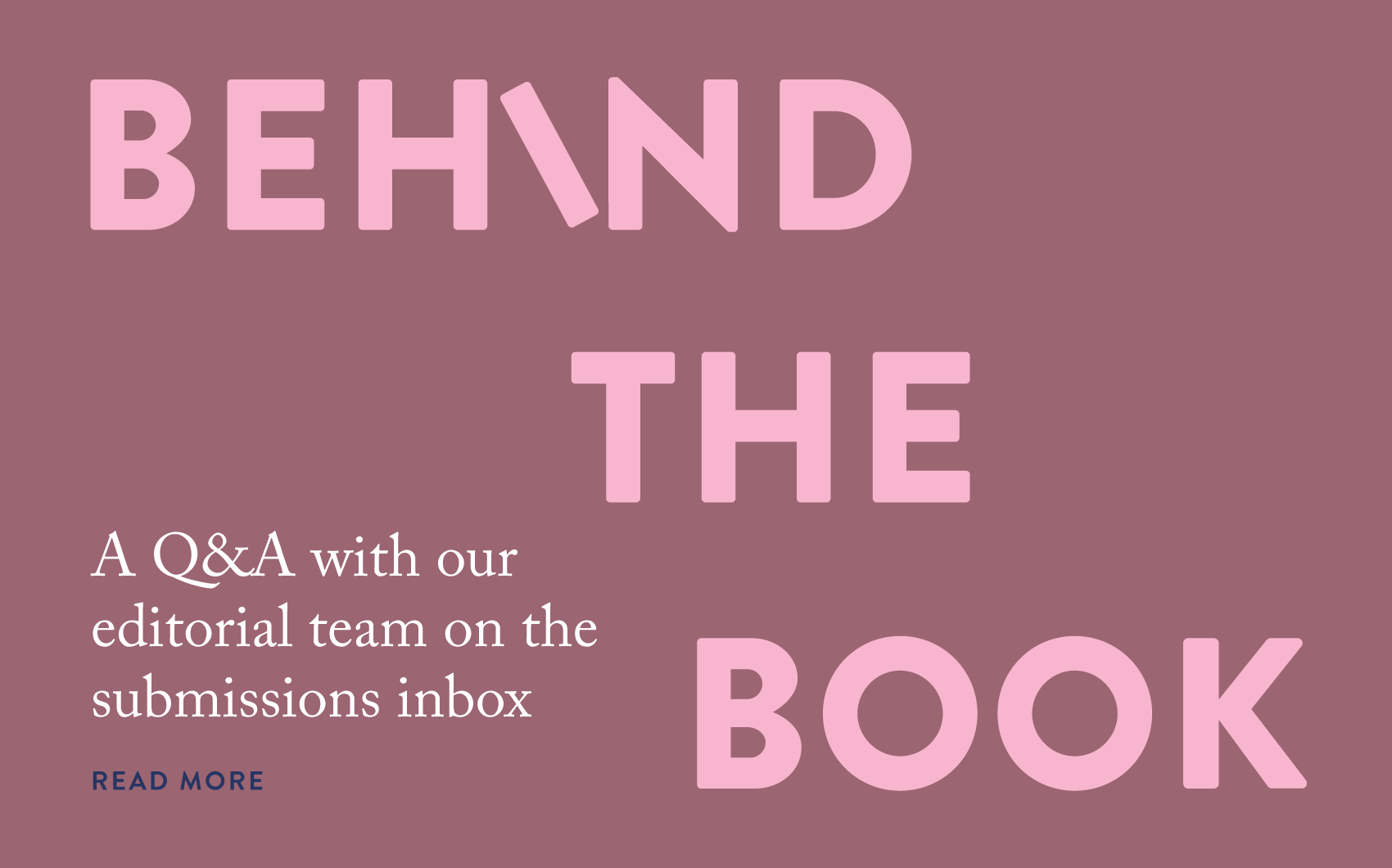News

News >
Behind the Book: A Q&A with our editorial team on the submissions inbox
Welcome to another instalment of Behind the Book. In this series, we chat to the people who bring you the books you love from Black Inc. – from the names you know to those you definitely don’t. Today, we’re speaking to our editorial team about the mysterious submissions inbox.
What’s the submissions inbox, and what does managing it entail?
The submissions inbox is one of several avenues available to prospective authors for getting their book published by Black Inc. In the first week of every month, we open the inbox up to receive unsolicited manuscript submissions and proposals, which are then closely and thoughtfully considered. We try to review each new, eligible submission within the month.
If not from the submissions inbox, how else might a Black Inc. title be acquired?
Often, a publisher will commission a title. You’ll have to interview one of our publishers next! They’re experts at identifying gaps in the market and coming up with new ideas for books, and then finding the right authors to execute them. Otherwise, a book might come through an agent, who’ll pitch directly to a publisher or via a ‘book auction’. Sophy, our international publisher, also buys Australian or translation rights to works originally published overseas.
Is it a big job? How many submissions do we receive per month?
Typically, we’ll get 20–30 submissions each month – certainly enough to keep us busy. Because we like to give each manuscript the attention it deserves, it can be quite a time-consuming process, but it’s also a rewarding one – even if the manuscript doesn’t end up being published.
What happens when you think a manuscript might be suitable for us to publish? What’s the next step?
We send the manuscript to one of our publishers. They’ll also assess the manuscript, and get in touch with the author if they want to progress.
Any hot tips for making a submission stand out from the rest?
1. Display a strong awareness of your audience and market. The best submissions are from authors who understand how their book compares to others in that field, and how it might contribute to a conversation – or, even better, can identify a gap in the market for their area of expertise altogether.
2. Explain why the publisher would be a good fit for your book. You can use their existing list to demonstrate your understanding of the kinds of books they publish, and how your book might slot in.
3. Really polish the first few chapters, and only submit once they’re as good as they can possibly be. We tend to take those early chapters as indicative of the strength of the rest of the manuscript – though that’s not to say that the whole thing shouldn’t be in excellent shape when you submit it!
4. And finally: make sure you follow our Submission Guidelines.
What are some of our submissions inbox success stories? How did they catch our eye?
Academics are less likely to have agents, and the La Trobe University Press imprint focuses on publishing academic writing for a general audience, so it makes sense that we’ve had a few LTUP success stories from the inbox. One such book is The Women of Little Lon by Barbara Minchinton. It’s a fascinating history of the sex workers of nineteenth-century Melbourne. There were so many things to love in the submission: the topic, the feminist perspective, and the way Barbara writes history for a broad audience but brings in archaeological evidence and archival material. She creates a vivid portrait of the time. Barbara’s follow-up book on Madame Brussels, the most famous of Melbourne’s ‘flash madams’, is currently in the pipeline – so keep an eye out for that.
Have you ever had to turn down a manuscript you loved because it didn’t fit in with the Black Inc. or La Trobe University Press lists?
All the time! Sometimes a manuscript or idea is excellent but it’s not the type of book that any of our imprints would publish. We have a pretty strong focus on nonfiction, especially current affairs and history – so it would be rare for us to publish, say, a fantasy novel, even if the manuscript is outstanding. To give your book the best possible chance of getting published, make certain you’re submitting it to a compatible publisher.


